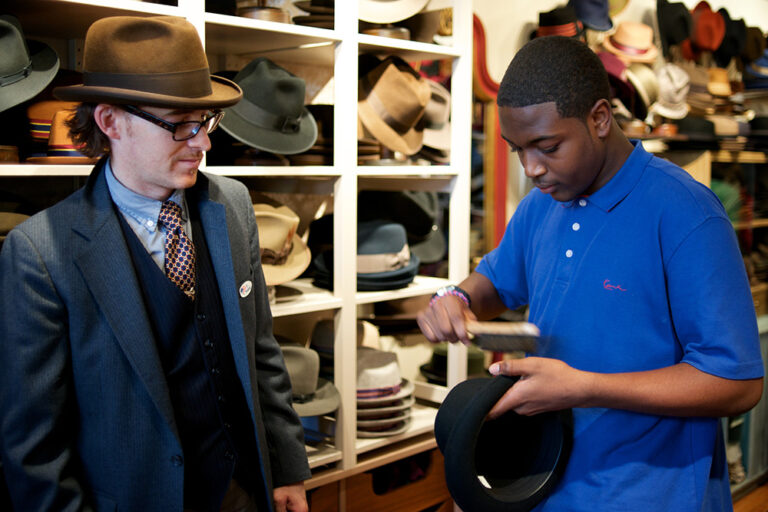 How do we teach children to do? I was reminded of this lovely article by Addison Del Mastro. What are the skills that make us competent and self-sufficient? Have they changed with technology? Are we educating young people with this in mind?
How do we teach children to do? I was reminded of this lovely article by Addison Del Mastro. What are the skills that make us competent and self-sufficient? Have they changed with technology? Are we educating young people with this in mind?
Know-how is an old-fashioned sort of word. I associate it with my grandfather tinkering under the hood or with the creation story of the industrial United States. Know-how is making a come back! Certainly this is true in the world of computers. The skills for communication are accessible to larger numbers but require more technological knowledge of 2.1 navigation, design, photo imaging, multi-media usage and messaging. We all know those whom we turn to who are better skilled than others! This is also true in the kitchen and in growing food. Lots of people are taking the time to learn the skills required to be self-sufficient and to take pride in their work. Making cheese, pastry production and other highly specialized arts are more accessible to people who also may have a day job but who care about a doing work that is meaningful. Urban farming is another wonderful example of learning skills that have are well-regarding. And sharing know-how with others is happening more and more!
Addison is an intern at the Center for a New America Dream


